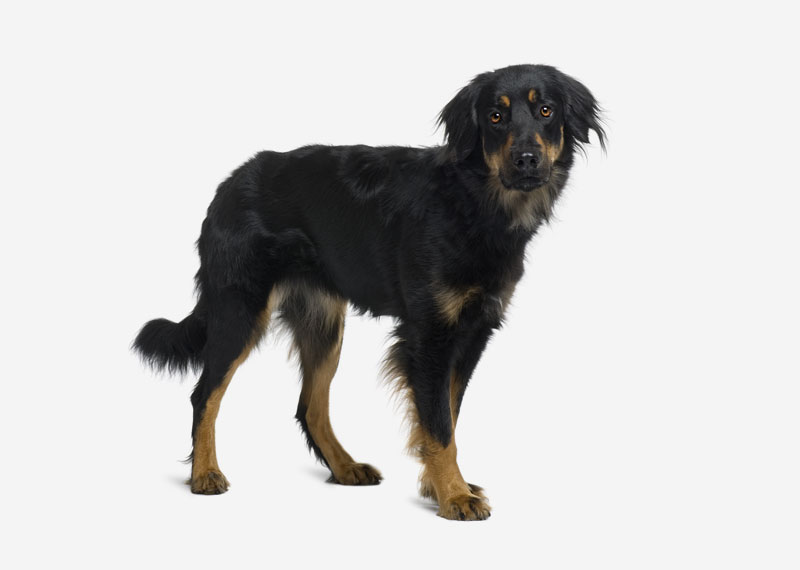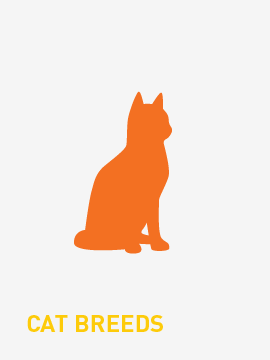The Hovawart is a German dog breed. The name of the breed means "an estate guard dog" which is the original use for the breed. The breed originated in the Black Forest region and was first described in text and paintings in medieval times.
History
Thirteenth century
One of the first documented recordings comes from the year 1210 when the German castle Ordensritterburg was besieged by Slavic peoples invaders. The castle fell and its inhabitants including the Lord were slaughtered, however the Lord's infant son was saved by one of the castle's Hovawarts. In spite of being wounded itself, the dog dragged the tiny child to a neighbouring castle and thus saved the boy's life. This young boy, Eike von Repkow, grew up to become a legendary figure in the history of German law. He later published the Sachsenspiegel, the oldest Code of Law to survive from medieval Germany. Not surprisingly, the Hovawart is mentioned with praise. The Schwabenspiegel, a law text published in 1274 and based on Eike von Repkow's Sachsenspiegel, lists the Hovawart among the dogs you have to replace and pay restitution for if they are killed or stolen.
Fifteenth century
By 1473, Heinrich Mynsinger described the Hovawart as one of "The Five Noble Breeds" and among its uses listed that it was useful for tracking the robber and miscreant. This along with references to the Hovawart in German law show that it was a readily identifiable breed and held in similar esteem to that of hunting dogs.
Twentieth century
Following the medieval period, the popularity of the Hovawart began to decline. Newer breeds such as the German Shepherd Dog slowly replaced the Hovawart as a guard and working dog until it had almost disappeared by the beginning of the twentieth century. Around 1915 a group of enthusiasts decided to try to save the breed. Predominant in this group was the zoologist Kurt Friedrich König. They started by looking for dogs in the farms of the Black Forest region. König then started a careful breeding program using these dogs and crossed them with Kuvaszok, Newfoundlands, German Shepherd Dogs, Leonbergers, a Bernese Mountain Dog and an African Hunting Dog. After much work the group was rewarded in 1922 when the first Hovawart litter was entered into the German Breeding Registry. The enthusiasts continued their work and in 1937 the German Kennel Club officially recognised the Hovawart. All this work was almost undone with the outbreak of the Second World War. Because of their abilities many Hovawarts were used in the German war effort and perished. By 1945 only a few remained. Enthusiasm for the breed remained and in 1947, Otto Schramm and some fellow enthusiasts in Coburg formed a new club, the "Rassezuchtverein für Hovawart-Hunde Coburg" which is still in existence today. In 1964 the German Kennel Club recognised the Hovawart as the country's seventh working breed and around this time enthusiasm for the breed started to develop in other countries.






